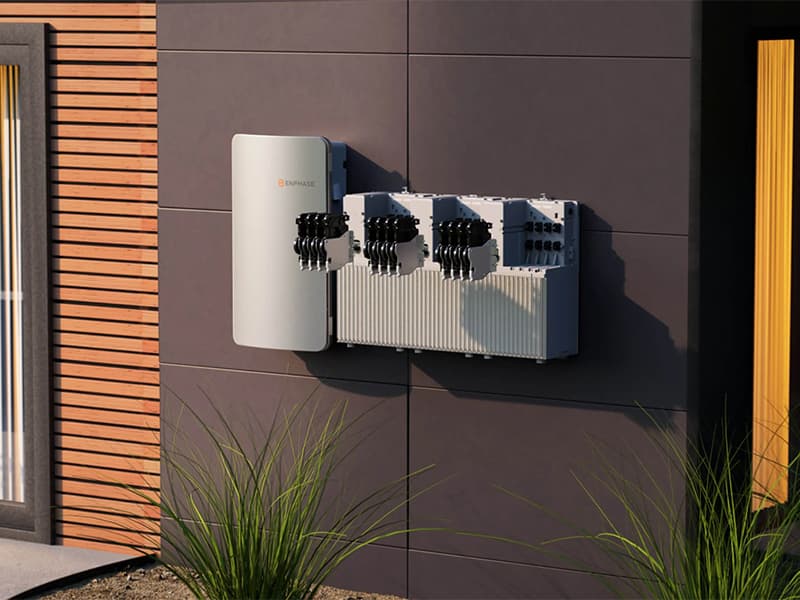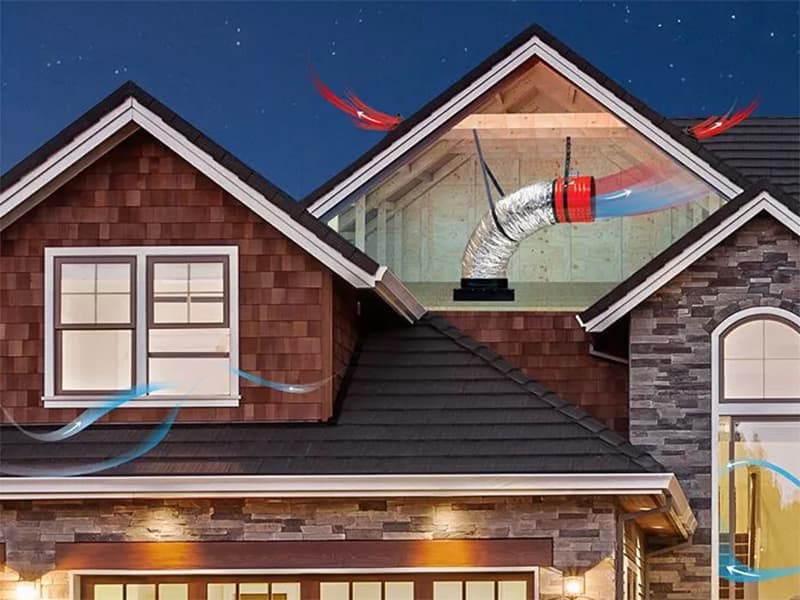
What is electrification?
Electrification refers to the process of eliminating the need for fossil fuels, such as oil, coal, and gas, and using renewable sources like solar and wind to generate electricity.
While you may not be shoveling coal into your furnace for heat, most utility companies, including PG&E, utilize fossil fuels to generate the electricity used in your home. And to supplement that, you may have a natural gas heater or propane water heater in your home.
Electrification eliminates the need for all of these, allowing your home to use and store clean, renewable energy, mostly from solar panels on your roof.
How does it work?
While you don't need to follow all of the steps below, Got Watts recommends all of them to get the most from the electrification process. This process will significantly reduce your utility bills and ensure you are 100% ready for any power interruption from your utility company.

Solar Panels
The first and most crucial step in electrification, adding solar panels to your home, allows your home to generate its own electricity, which will power your home and appliances. You will still be connected to PG&E's grid as a backup source.
Solar Battery Backup
The next step in electrification would be making sure that any electricity generated by the solar panels doesn't go to waste with a solar battery backup.
The solar battery backup stores the unused energy for later use. The backup will kick in if there is a power interruption, powering your home until power returns. You can also use the battery to supply extra power needed during peak hours, making sure your home stays comfortable no matter the weather.


HVAC Upgrades
Your current heating and cooling systems were probably fine for their time, but they aren't as energy-efficient as today's models.
Heat pumps are the most significant step to electrification. Instead of using a fuel-burning heater for your home, a heat pump uses electricity to heat the parts of your home that need it while removing trapped heat from the parts that don't.
Add to that an ultra-efficient air conditioning unit, which can monitor and adjust your home's climate much better than a traditional thermostat. Now you've got the winning combination of a house that always feels just right with the bonus of saving some of your hard-earned dollars.
Whole House Fans
Heat rises. And when it gets to the top of your home, the attic, it usually has no place to go from there. So it ends up heating your home.
A whole house fan can take in the cool outside air and force the hot air out through your attic, which will keep your attic cooler, which in turn keeps your entire house cooler.
If your home is cooled naturally, you will rely less on your cooling system, which saves you money on your utility bills.
Naturally cooler home equals less money spent on utilities equals more money in your pocket. That's math we can all agree on.

